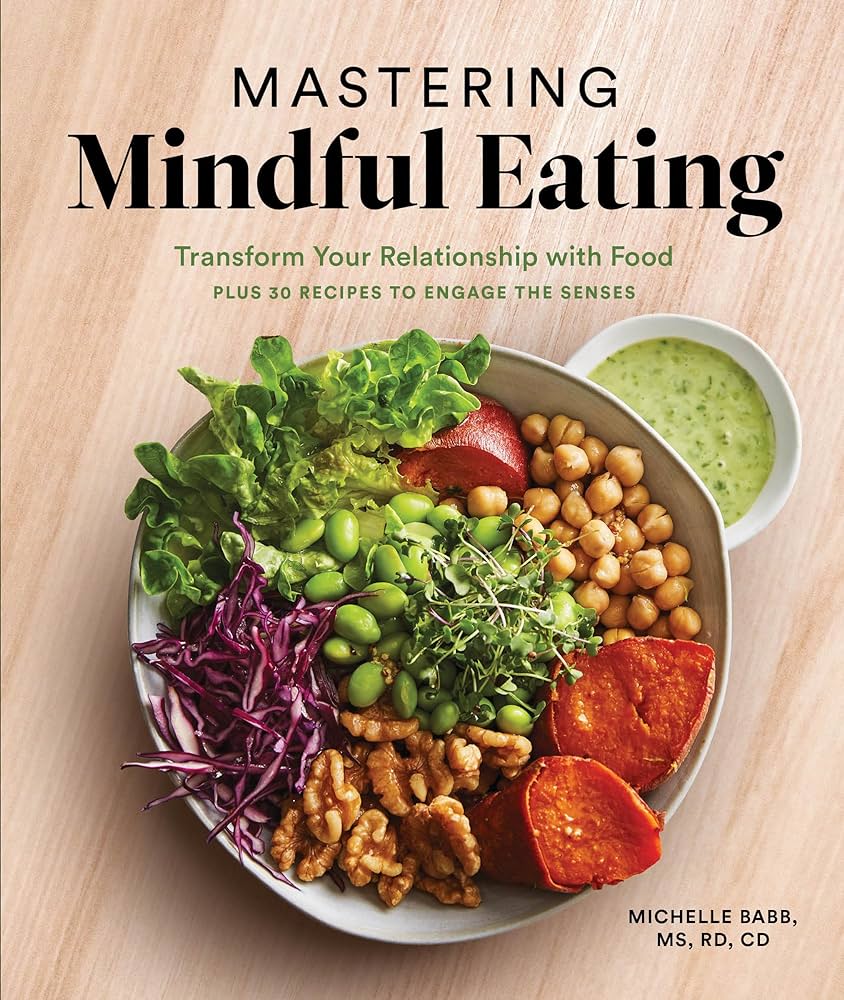Food has always played a significant role in my life. Growing up, it was a source of comfort, happiness, and connection. Every meal was a celebration of flavors, a chance to savor the deliciousness that life had to offer. But as I entered adulthood, my relationship with food became more complex.
With the demands of a busy schedule, I found myself rushing through meals, barely tasting the food in front of me. I would mindlessly snack while working, using food as a distraction from stress or boredom. I started to notice that I was no longer enjoying the simple pleasure of eating, and instead, food had become something I needed to consume quickly in order to fuel my body.
That’s when I discovered the concept of mindful eating. It was like an awakening, a reminder to slow down and truly appreciate the nourishment I was providing to my body. Mindful eating is the practice of being fully present and engaged in the act of eating, paying attention to the sensory experiences of taste, smell, and texture. It invites us to cultivate a deeper understanding of our bodies’ hunger and fullness cues, as well as our emotional connections to food.
One of the key principles of mindful eating is tuning into our body’s cues of hunger and fullness. Instead of relying on external cues like the time of day or the size of a plate, we learn to listen to our bodies and eat when we are truly hungry. This requires a shift in mindset, as we move away from the diet culture that promotes strict meal schedules and portion control. By honoring our natural hunger signals, we can establish a more attuned and intuitive approach to eating.
Another important aspect of mindful eating is becoming aware of our emotional connections to food. Many of us use food as a way to soothe or distract ourselves from unpleasant emotions. We may turn to sugary treats when we’re feeling stressed, or indulge in a bag of chips when we’re feeling sad. Mindfulness allows us to pause and acknowledge these emotional triggers, without judgment. By recognizing the underlying emotions, we can find more constructive ways to address them, rather than relying on food as a crutch.
Practicing mindful eating also involves bringing our full attention to the sensory experience of eating. This means savoring each bite, noticing the flavors, textures, and aromas in our food. It’s about being fully present in the moment, without the distractions of screens or multitasking. This not only enhances our enjoyment of the food but also allows us to feel more satisfied with smaller portions. When we take the time to truly experience our food, we can find more pleasure and satiety in each bite.
For me, mindful eating has been transformational. It has helped me rediscover the joy and pleasure in eating, rather than viewing it as a mundane task. By slowing down and savoring each bite, I have developed a newfound appreciation for the incredible flavors and textures that food has to offer. I have also become more attuned to my body’s needs, giving it the nourishment it deserves when it truly needs it.
But like any practice, mindful eating requires consistent effort and conscious awareness. It’s not something that can be mastered overnight. It’s a journey of self-discovery, where we learn to listen to our bodies and cultivate a compassionate relationship with food. It’s about finding balance, embracing both the nourishing and indulgent aspects of eating.
If you’re interested in embarking on your own mindful eating journey, here are a few tips to get started:
1. Slow down: Take the time to eat your meals in a relaxed setting. Chew slowly and savor each bite, paying attention to the flavors and textures.
2. Tune in: Before eating, check in with your body’s hunger and fullness cues. Ask yourself if you are truly hungry or if there is an emotional trigger behind your desire to eat.
3. Ditch distractions: Turn off the TV, put away your phone, and create a space free from distractions. Eating should be a mindful activity, not something to be rushed through or multitasked.
4. Practice self-compassion: Be kind to yourself and let go of judgments around food choices. Allow yourself to indulge occasionally without guilt, and strive for balance and nourishment in your overall eating patterns.
5. Seek support: Consider joining a mindful eating group or working with a therapist who specializes in eating disorders or disordered eating. Connecting with others on the same journey can provide valuable support and encouragement.
Mindful eating has allowed me to transform my relationship with food and reconnect with the pleasure and nourishment it brings. It has been a journey of self-discovery and self-compassion, one that continues to evolve and deepen. By cultivating mindfulness in our eating habits, we can create a healthier and more loving relationship with food, one that nourishes our bodies and souls.

